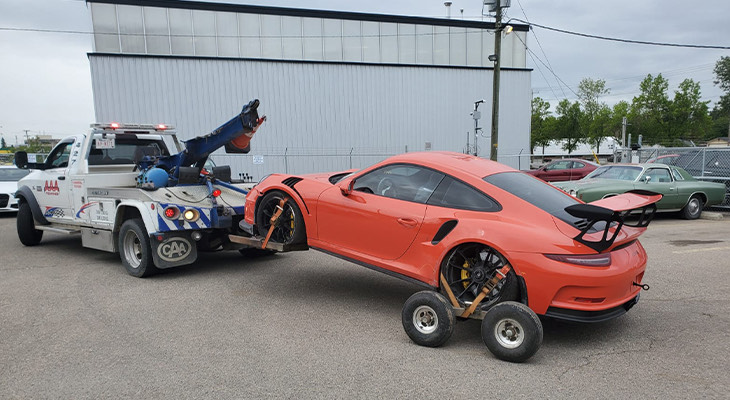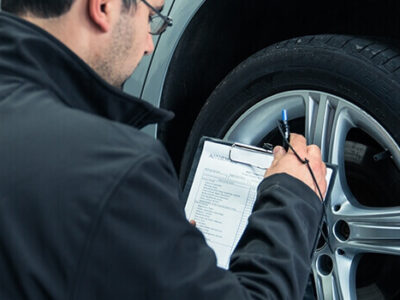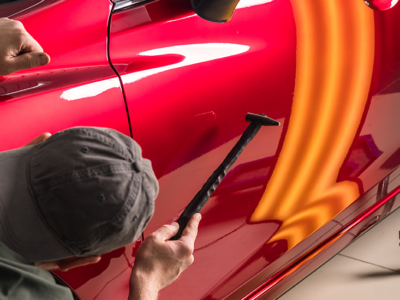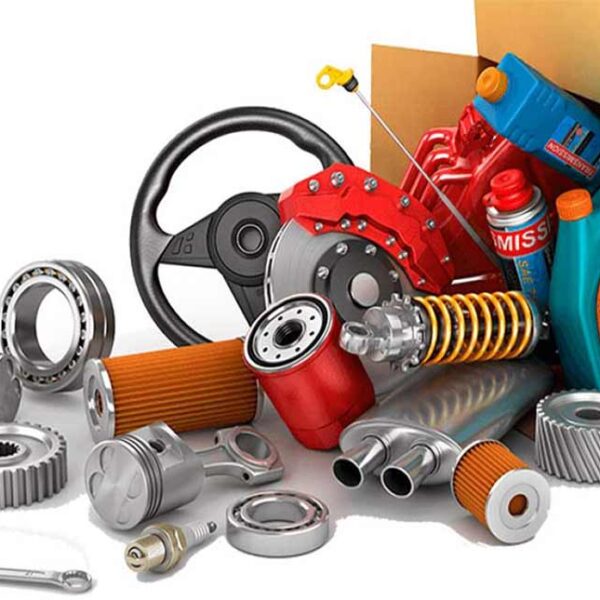
Junk My Car: The Ultimate Guide to Getting Rid of Your Old Vehicle
Is your old car sitting in the driveway, gathering dust and taking up space? Whether it’s no longer running, too expensive to repair, or simply no longer needed, it’s time to consider the option to “junk my car.” Junking a car can be a straightforward process that not only clears up space but can also put some extra cash in your pocket. This guide will walk you through everything you need to know about junking your car, from preparation to final sale.
Why Junk My Car?
There are many reasons why you might decide to junk your car. Perhaps it has been sitting unused for years, or maybe the cost of repairs has exceeded the car’s value. Junking your car is an eco-friendly way to dispose of it, as many of its parts can be recycled and reused. Additionally, selling your car to a junkyard or scrap yard can be a convenient and quick way to get rid of it, often with cash in hand the same day.
Preparing to Junk Your Car
Before you can junk your car, there are a few steps to take to ensure the process goes smoothly.
- Remove Personal Belongings: Thoroughly inspect your car and remove all personal items. Check every compartment, including the glove box, trunk, and under the seats. Don’t forget about any hidden compartments or areas where items might have fallen.
- Gather Necessary Paperwork: The most important document you’ll need is the car title, as it proves ownership. If you’ve misplaced it, contact your local DMV for a replacement. In some cases, you may also need a bill of sale. Ensure all paperwork is ready before you proceed.
- Cancel Insurance and Registration: Once you’ve decided to junk your car, contact your insurance company to cancel the policy. Additionally, inform your local DMV to cancel the car’s registration. This prevents you from being liable for any future issues involving the vehicle.
Finding a Junk Car Buyer
After preparing your car, the next step is finding a reputable buyer. There are several options to consider:
- Local Junkyards and Scrap Yards: These businesses specialize in buying old cars for parts and scrap metal. They often offer quick transactions and may even provide towing services.
- Online Junk Car Buyers: Numerous online services will offer you a quote and arrange for pickup. These platforms can be convenient, especially if you want to compare offers from different buyers.
- Private Buyers: Occasionally, individuals may be interested in buying a junk car for parts or restoration projects. While this option may take longer, it can sometimes yield a better price.
The Junking Process
Once you’ve chosen a buyer, the process of junking your car typically involves the following steps:
- Get a Quote: Contact the buyer to get a quote for your car. Be honest about its condition to receive an accurate offer.
- Schedule Pickup: Most junk car buyers offer free towing services. Arrange a time for them to pick up the vehicle. Ensure you have all necessary paperwork ready.
- Transfer Ownership: During the pickup, you’ll need to transfer ownership. This usually involves signing the title over to the buyer. Make sure to keep a copy of the signed document for your records.
- Receive Payment: After the ownership transfer, you’ll receive payment. This can be in the form of cash, check, or other agreed-upon methods.
What Happens to Junked Cars?
After you’ve junked your car, it often goes through a process of dismantling and recycling. Usable parts are salvaged and sold, while the remaining materials are recycled. This process helps reduce waste and can provide materials for new products, making it an eco-friendly option.
Is your old car taking up space in your driveway or garage? Whether it’s broken down, too costly to repair, or simply not worth the trouble, junking your car can be a practical solution. Here’s a comprehensive guide to help you navigate the process of junking your car efficiently and responsibly.
1. Determine the Value of Your Car
Before junking your car, it’s essential to determine its value. You can use online resources, such as Kelley Blue Book or NADA Guides, to get an estimate. Additionally, contact local junkyards or scrap yards to get quotes. Knowing the approximate value of your vehicle will help you negotiate a fair price and ensure you’re not underpaid.
2. Remove Personal Belongings
Over the years, your car has likely accumulated personal items. Before saying goodbye, thoroughly check the vehicle and remove all belongings. Look under seats, in the glove compartment, trunk, and any other storage areas. Don’t forget to remove any important documents or paperwork you may have stored in the car.
3. Get Your Paperwork in Order
To legally junk your car, you’ll need to have the necessary paperwork. The most crucial document is the car title, which proves ownership. If you’ve lost the title, contact your local Department of Motor Vehicles (DMV) to get a replacement. Some states may also require a notarized bill of sale. Having all the necessary documents ready will make the process smoother.
4. Cancel Insurance and Registration
Before handing over your car, cancel your insurance policy to avoid paying for coverage you no longer need. Notify your insurance company and provide them with the date you plan to junk the car. Additionally, inform your local DMV to cancel the registration. This step is crucial to ensure you’re not held responsible for any future liabilities related to the vehicle.
5. Find a Junk Car Buyer or Scrap Yard
Next, you’ll need to find a reputable junk car buyer or scrap yard. You can search online, check local directories, or ask for recommendations from friends or family. When selecting a buyer, consider their reputation, the price they’re offering, and whether they provide free towing services. Getting multiple quotes is a good idea to ensure you’re getting the best deal.
6. Negotiate and Arrange Pickup
Once you’ve chosen a buyer, negotiate the price if necessary. Some buyers may be willing to increase their offer if you provide a clear and honest description of the car’s condition. After agreeing on a price, arrange a convenient time for the buyer to pick up the vehicle. Many junk car buyers offer free towing, which can save you additional costs.
7. Transfer Ownership
When the buyer arrives to pick up the car, complete the necessary paperwork to transfer ownership. This typically involves signing the title over to the buyer. Ensure you receive a copy of the signed paperwork for your records. This documentation is crucial in case any issues arise later.
8. Receive Payment
After the paperwork is completed, the buyer should provide payment for the car. Payment methods vary, but cash or check is standard. Ensure you receive the agreed-upon amount before the car is taken away.
9. Notify the DMV
Finally, notify your local DMV that you’ve sold or junked your car. This step is crucial to ensure you’re not held liable for any future incidents involving the vehicle. Some states may require you to return the license plates or provide proof of sale.
Conclusion
Junking your car is a straightforward process that can help you get rid of an old or unwanted vehicle while potentially putting some extra cash in your pocket. By following these steps, you can ensure the process is smooth, legal, and efficient. Whether you’re making space for a new car or simply clearing out an old one, junking your car can be a practical and hassle-free solution.











